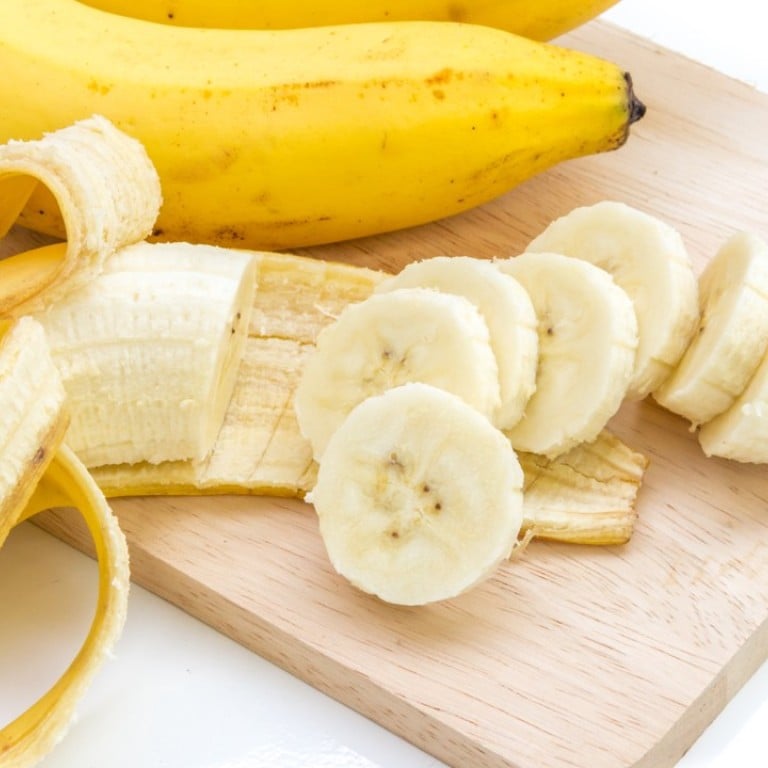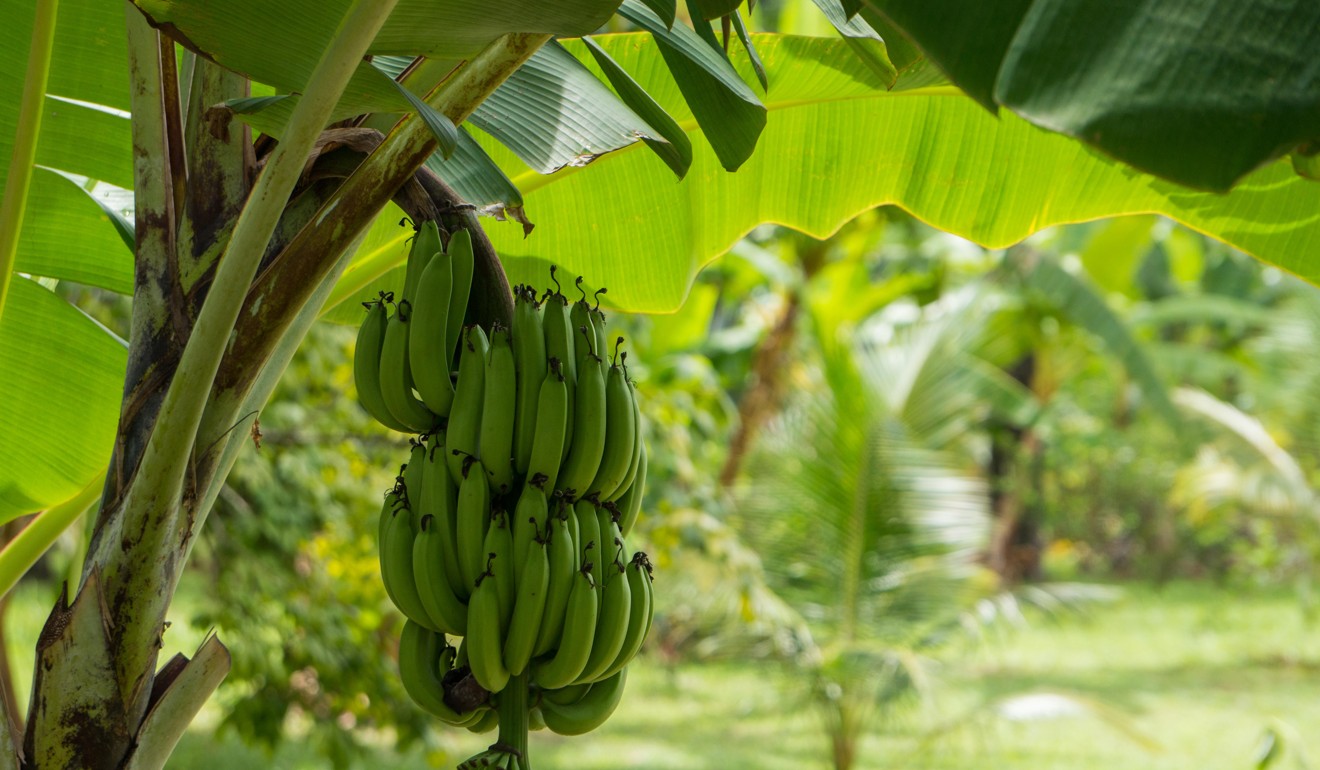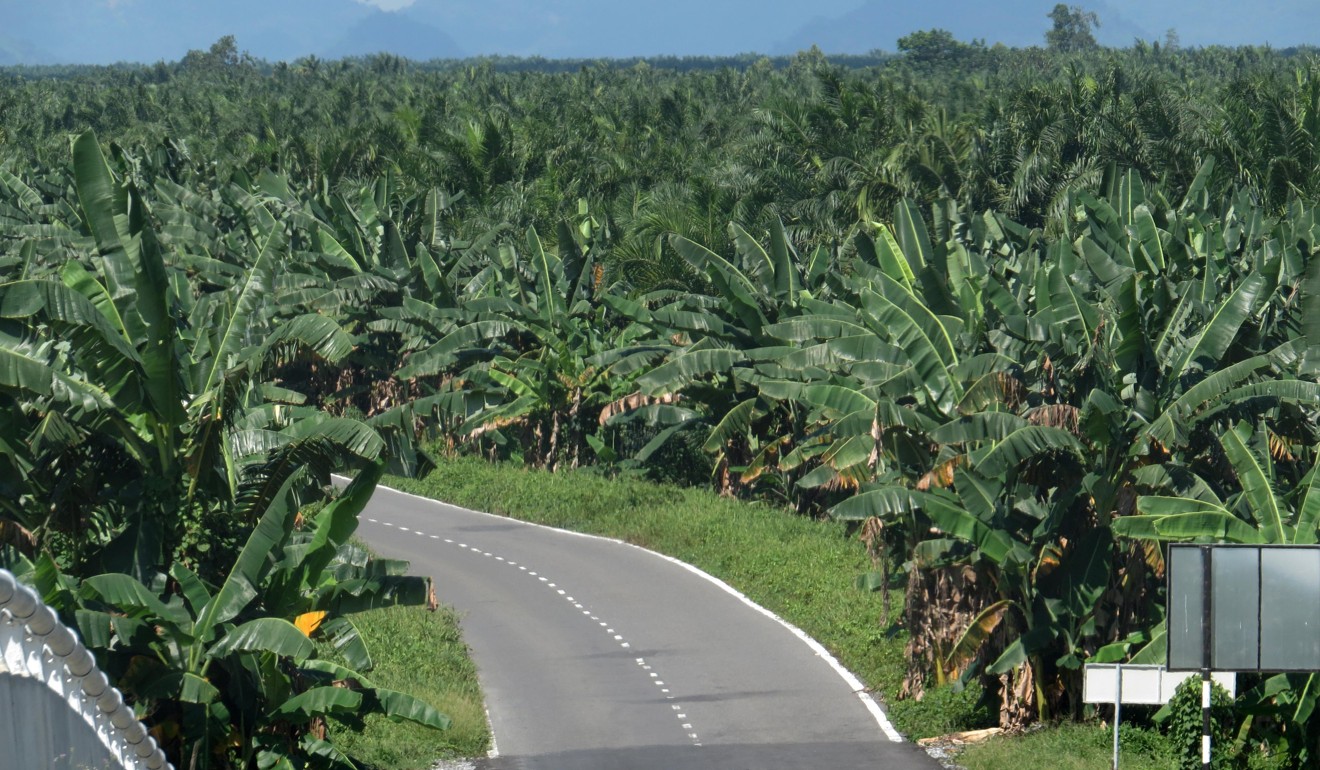
Yes, we’ll have no bananas: scientists race to save the world’s most popular fruit
Experts fear a future in which the widely eaten Cavendish variety could all but disappear from store shelves as fungal disease wreaks havoc on plantations
In a hot, dry field near a place called Humpty Doo in Australia’s Northern Territory, scientists are racing to begin an experiment that could determine the future of the world’s most popular fruit, the lowly banana.
Dodging the occasional crocodile, researchers will soon place into the soil thousands of small plants that they hope will produce standard Cavendish bananas – the nicely curved, yellow variety that is most commonly sold in Hong Kong, imported from the mainland and the Philippines. But in this case, the plants have been modified with genes from a different banana variety.
An insidious fungus known as fusarium wilt has wiped out tens of thousands of acres of Cavendish plantations in Australia and Southeast Asia over the past decade. And the fungus recently gained a foothold in Africa and the Middle East, hitching a ride on the boots of workers helping to establish new plantations. Scientists say Latin America, the source of virtually all the bananas eaten in the United States – 99 per cent of which are Cavendishes – is next.

No other variety of banana combines the sweetness and suitability for packing and export of the Cavendish. If the Humpty Doo experiment – or simultaneous efforts with conventional breeding techniques – don’t bring positive results, scientists say we could be looking at a future where bananas all but disappear from store shelves.
“These recent outbreaks confirmed that this thing does move,” says plant pathologist Randy Ploetz of the University of Florida, who first identified the fungus in 1989 in samples from Taiwan. Ever since, banana farmers have been trying to escape the effects of fusarium wilt, also known as Panama disease Tropical Race 4, or TR4. Fungicides and fumigants are useless against it. It’s extremely contagious, and it can lie dormant for decades, tricking farmers into thinking they have eliminated the pathogen, only to find plants rotting from the inside.
Once TR4 hits a banana farm, the only recourse is to eradicate all the plants and start over. It’s possible, Ploetz says, that in a few years, “affected plantations aren’t going to be able to grow anything, because the replacement is not there”.

For decades, biotech researchers and conventional breeders were foiled in their efforts to bring disease resistance to the Cavendish or to hybridise a replacement for the thick-skinned, slow-ripening variety that dominates banana exports, a US$12.4 billion global business.
Soon after TR4 was identified, banana farmers had reported that a subspecies of the Musa acuminata variety of sweet bananas, which grows in the wild across Malaysia and Indonesia, was “growing happily in plantations devastated by TR4”, says James Dale, a professor of biotechnology at Queensland University of Technology, in Australia.
It took years to isolate the gene responsible for the resistance. Then, in 2004, a breakthrough: Dale’s lab identified candidate genes worth testing. Over three more years of painstaking work, Dale inserted genes from the M. acuminata subspecies into cells from a Cavendish, developing them first in tiny test tubes, then growing whole plants. It takes about a year to grow a plant with roots that can be placed in the soil.
But despite the clear and present danger of TR4, no one wanted to pay for a field trial; banana producers mistakenly believed they could manage the disease and keep it in check. So it was another three or four years before Dale could cobble together funding and find a facility where he could grow the plants to produce transgenic bananas. He was able to plant a small field trial in 2012, which lasted three years.
Results from that initial trial “were extremely positive”, he says, with four of six plant lines cultivated from a single cell showing resistance after researchers grew them and introduced TR4.
“When you genetically modify a plant, it’s very common to get such variation, but four out of six is amazing.” On the basis of that initial trial, Dale and his colleagues will be expanding the test to thousands of samples, planting them over three years.
Dale’s project may be the best hope science now has for making the Cavendish resistant to TR4 without eliminating taste, texture and other characteristics that make it so appealing and commercially successful.

Botanists from the Royal Botanic Gardens, Kew, in London, and agricultural research organisations from France to Honduras to Malaysia are collecting samples of wild bananas to see whether, like Dale’s M. acuminata variety, they possess resistance to TR4. Those that do are then bred with Cavendish with the hope that the resistance can be introduced to the Cavendish without changing it.
Ploetz is optimistic about Dale’s trial, but he’s not peeling his bananas before they are ripe. He thinks Dale needs “to test this new [genetically modified fruit] in different environments and see the effects on yield” and other factors, he said.
The banana industry has seen this all before. In the early 20th century, the banana most commonly sold and eaten around the world was the Gros Michel, a short, uncurved and somewhat stubby cultivar. But a fungus known as Tropical Race 1 (TR1) drove it nearly to extinction in the 1950s. Cavendish, a variety from China found growing in a hothouse belonging to Britain’s Duke of Devonshire, was discovered to be resistant to TR1 while possessing its same durability for shipping. The ordinary bananas we find most commonly in stores today are all clones of the duke’s plant.
Dale initially tried using genes from other plants and even a worm to reprogramme the Cavendish not to succumb to the cell death that TR4 induces. But following the reports of M. acuminata’s resistance to TR4, he cast aside the strategy, knowing that a banana modified with a gene from another kind of banana would be a far more palatable idea to consumers.
Ironically, a major obstacle to replacing today’s Cavendish with a TR4-resistant strain is the banana industry, which for the most part has dropped out of doing research, says Ploetz.
William Goldfield, director of corporate communications for Dole Food, one of the largest producers and importers of bananas, said in an email that the company is “looking at how to develop a disease resistant banana through crop improvement and plant breeding methods”, but he didn’t go into specifics.
Requests for comment from the three other top banana producers went unanswered.
The result, Ploetz says, is that few scientists have been focusing on the TR4 problem directly.
Which means that even if Dale’s transgenic experiment in Humpty Doo is successful, the TR4 fungus’ march to Latin America may be inevitable.
The Washington Post
